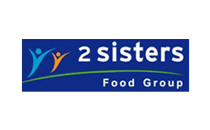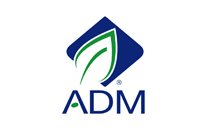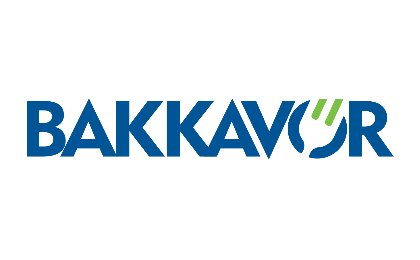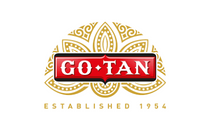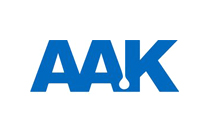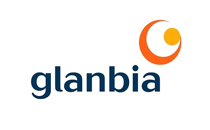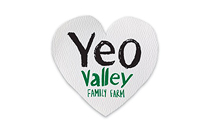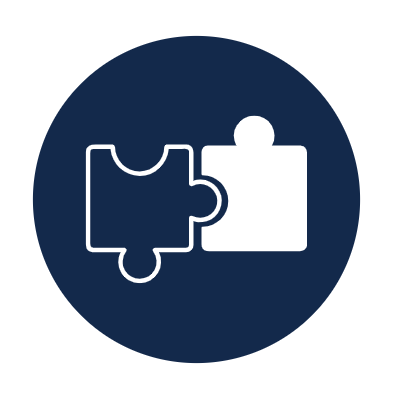Automate Case & Tray Packing With Space‑Saving Fenceless Robots
Trusted by leading food manufacturers to boost throughput, reduce labour and reclaim floor space.
🎥 Watch our fenceless robot pack fresh food into retail trays
✅ 3x faster than traditional cobots
✅ Hygienic, compact, and no fencing required
✅ Sympathetic retrofit to existing lines
✅ Purpose-built for food manufacturing
“I would say that the relationship with OAL has been good to excellent. We’ve had a lot to learn about automation and robotics, and OAL has been supportive every step of the way.””
Why OAL’s case & tray packing robots?
10x Smaller. 3x Faster. No fencing required.
Seamless integration
Easily integrates into existing packing lines without major infrastructure changes.
High-speed picking
3x faster than a collaborative robot. Simple controls and quick changeovers for multi-product flexibility.
Compact
10x smaller footprint than a traditional case packing machine. Fits within tight production spaces.
FENCELESS Operation
Advanced safety features allow for open, collaborative workspaces without restrictive barriers.
Where APRIL Fenceless robots excel
Chilled ready meals
❄️
🥗
Salad bags and bowls
🥩
Meat and poultry trays
🍓
Fruit punnets
🍞
Bread and baked treats
🥨
Snacks
10x Smaller Footprint - Maximise your space
Traditional case packing solutions take up valuable floor space, limiting flexibility and production flow. Our fenceless case packing robot is designed with a 10x smaller footprint, making it the perfect fit for modern production lines where space is at a premium.
What does this mean for you?
More production space for other essential operations.
Sympathetic retrofit without expensive mechanical modifications.
No disruptive fencing and guarding whilst maintaining the highest safety standards.
Frequently Asked Questions
Everything you need to know before investing in fenceless case & tray packing automation.
-
Yes. OAL robots are built to seamlessly integrate with existing conveyor and packaging systems. Whether you’re running manual lines or traditional robotic solutions, our systems retrofit with minimal disruption.
-
OAL robotic systems are designed for open, collaborative environments using advanced safe-skin safety technology. This allows robots to operate in close proximity to people — even in high-throughput settings — without the need for physical guarding.
-
Each robot is enclosed in a soft, pressure-sensitive outer layer that continuously monitors for contact. If the robot touches a person or object, it triggers an immediate safe stop, protecting nearby operators.
-
OAL’s safe-skin system is independently certified to:
ISO 13849
Performance Level e (PLe), Category 3
TÜV SÜD certification
Machinery Directive 2006/42/EC
Verified through third-party risk assessment by Pilz.
-
Our robots footprint is just 0.1m². That makes them ideal for sites with tight production footprints.
-
Most installations can be completed in under a day. Our fenceless design reduces the need for extensive modifications or downtime. Training can be completed at OAL’s test centre.
-
Most customers see ROI within 10–18 months, depending on line speed, labour savings, and operational complexity. We can provide a personalised ROI estimate during your demo.
-
Yes — we offer live demonstrations either in-person or via video, tailored to your specific product types and production needs. You can request a demo directly on this page. We can arrange reference sites visits too.


